Pickup–tanker collision kills 11 Afghans injures 9 others in Pakistan
At least 11 Afghan nationals have died were killed and nine others injured after a pickup truck collided with an oil tanker in Pakistan late on Sunday...
As we welcome the new year, it’s time to focus on species needing urgent conservation in 2025. From delicate lizards to mighty hornbills and massive sharks, all face the threat of extinction.
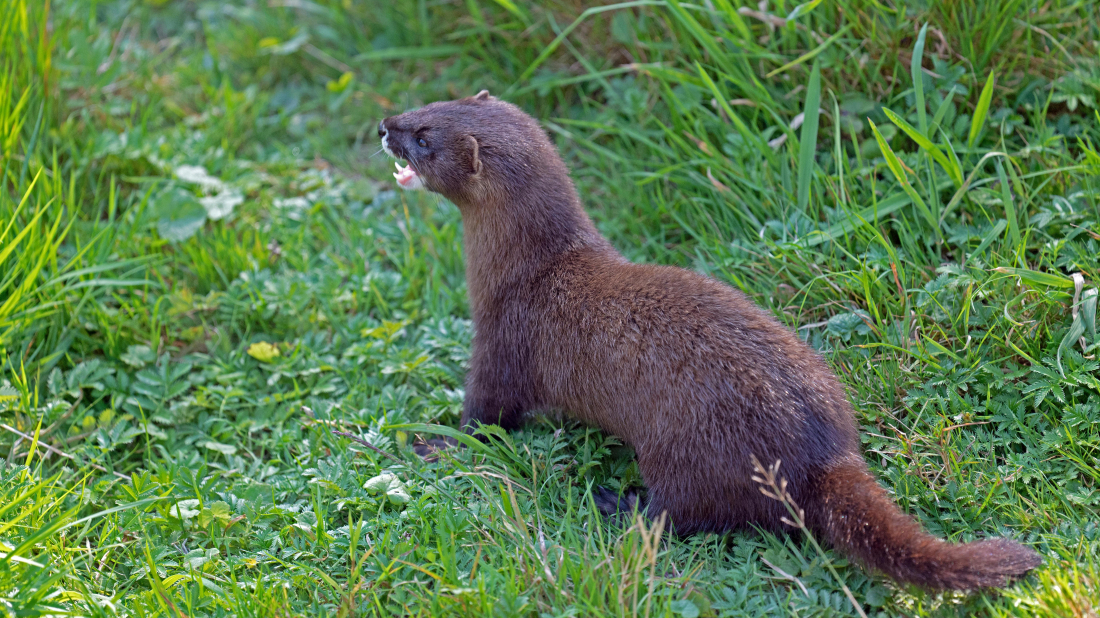
Introduced to Europe for fur farming in the 1930s, the American mink has become a highly destructive invasive predator, flourishing since escaping into the wild. In stark contrast, the European mink—its native counterpart—is now one of the continent’s most critically endangered species. Loss of habitat, hunting, and, more recently, competition from the more aggressive American mink, have pushed it to the brink of extinction. Fauna & Flora, alongside our partners in Romania, will carry out field surveys to assess the presence of any remaining European minks in the Carpathian Mountains, while also continuing efforts to restore freshwater habitats that can help reconnect the fragmented spaces vital for this native carnivore’s survival.
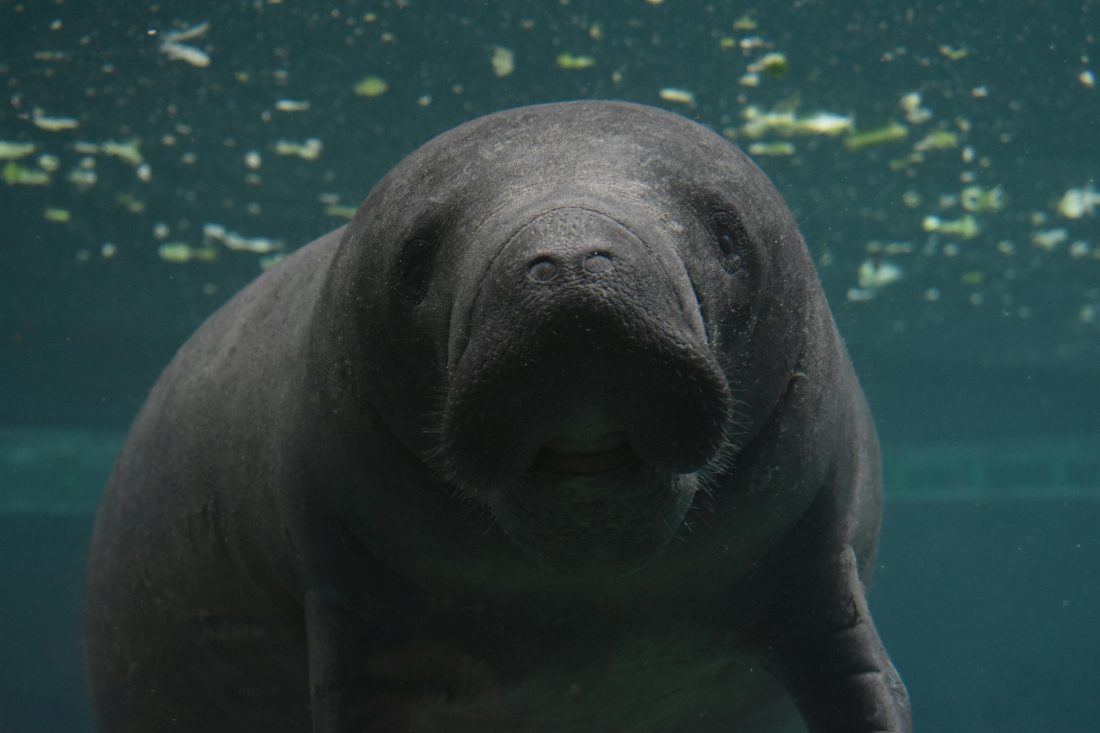
Like their close relative, the dugong, manatees are often called sea cows, though they are distinguished by their paddle-shaped tail. The Antillean manatee is a reclusive estuarine mammal that feeds on submerged and floating plants. In Honduras' Cuero y Salado Wildlife Refuge, the manatee’s food sources and water quality are under threat from encroaching homes, crops, livestock, and businesses along the riverbank. This development is depleting the mangrove forests, reducing food supplies, and contributing to murky, polluted water. Fauna & Flora is partnering with FUCSA and working alongside government agencies, academics, other NGOs, and local communities to develop a recovery plan for the manatees and their endangered habitat.
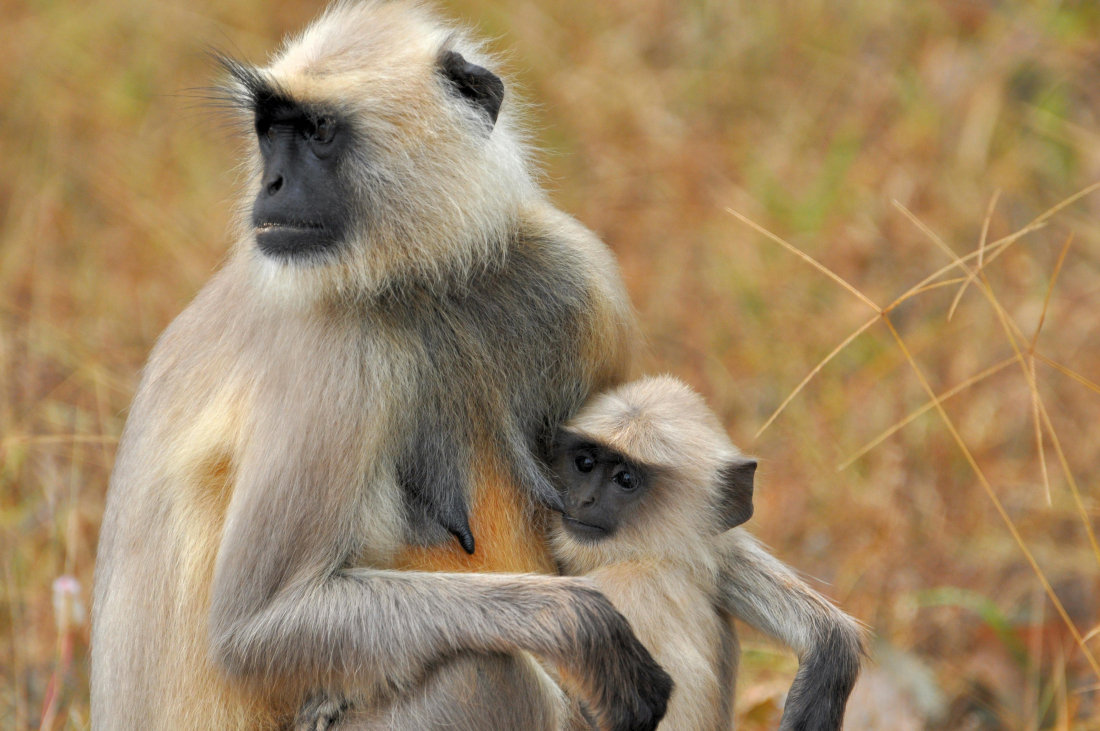
Confined to shrinking forest patches in central Vietnam, the grey-shanked douc langur is among the world’s rarest primates. In 2016, a Fauna & Flora-led survey team uncovered a significant population of around 500 individuals in Kon Plong, but the species remains critically endangered. Hunted for meat, traditional medicine, and the pet trade, the grey-shanked douc is also facing habitat loss due to deforestation and fragmentation. Recently, Fauna & Flora confirmed that Ba To forest is home to more than 100 grey-shanked doucs—making it the world’s third-largest population. We have begun working with the provincial government to secure formal protection for this crucial primate habitat.
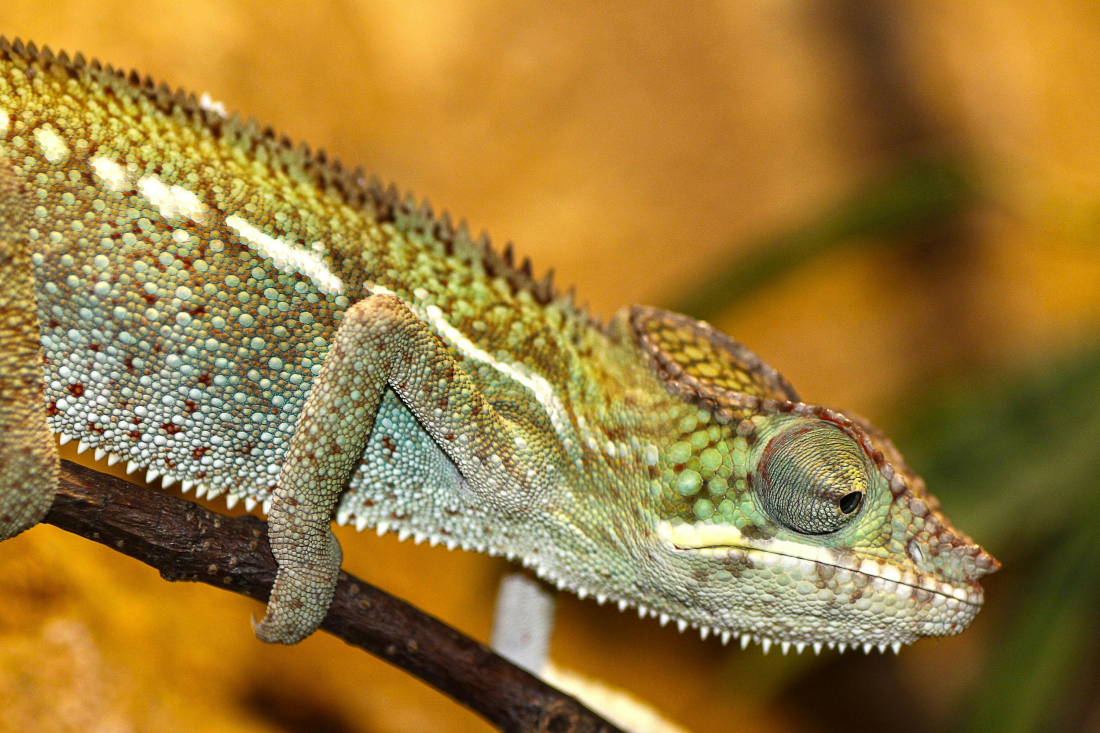
The Nguru spiny pygmy chameleon is no larger than a paperclip. Well-adapted to its montane forest home in Tanzania, it camouflages perfectly with the leaf litter and low vegetation. However, this tiny lizard faces severe threats from habitat loss due to agricultural expansion and logging, as well as the illegal pet trade. Despite being listed on CITES Appendix II and a government ban on live animal exports, illegal collection continues, adding further pressure to this critically endangered species. Eva Ayaro and her team in Tanzania, supported by a Conservation Leadership Programme award, are working to protect this chameleon, along with two other pygmy species.
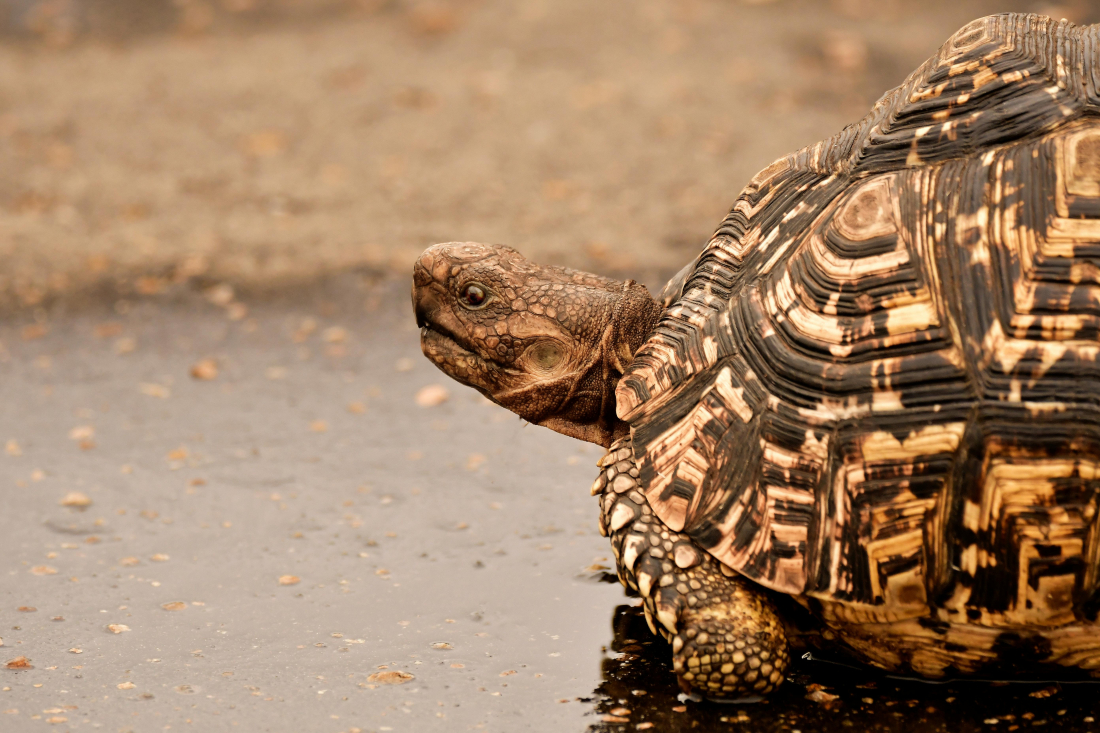
The steppe tortoise was the first vertebrate to successfully orbit the Moon, part of a Soviet-led mission in 1968 alongside other life forms. On Earth, it inhabits the deserts and steppes of Central Asia. Today, this species is one of the most heavily trafficked reptiles, and its populations are rapidly declining. Fauna & Flora is collaborating with local experts, governments, and partners in Kazakhstan, Kyrgyzstan, Tajikistan, and Uzbekistan to better understand the drivers behind illegal collection and trafficking of the species. We are also supporting efforts to reassess its status on both the CITES and IUCN Red Lists.

Asia’s hornbills rely on vast, undisturbed forests for food and nesting sites. As lowland forests in the region continue to shrink and fragment, these birds are increasingly moving into remote mountain areas. In Myanmar’s Arakan Mountains, both the great hornbill (pictured) and the rufous-necked hornbill are benefiting from a pioneering collaboration between local communities, coffee producers, and conservationists. This initiative was originally set up to safeguard the habitat of the endangered western hoolock gibbon from agricultural conversion. Fauna & Flora is continuing efforts to monitor and protect great hornbill nesting sites, while conducting population surveys to assess the impact of our agroforestry project on these iconic yet vulnerable birds.

Painted hunting dogs are among the world’s most endangered carnivores. These animals require expansive territories, but habitat fragmentation has brought them into closer contact with humans, exposing them to persecution and diseases from domestic dogs. South Sudan, with its vast and remote wilderness, offers a potential refuge for African wild dogs and other species in decline. Camera traps in Southern National Park have captured several images of these painted hunters, while rangers on patrol have recorded numerous tracks and even live sightings of wild dogs.

Reaching up to 20 centimetres in length and weighing as much as a kilogram, the mountain chicken is one of the world’s largest and rarest frogs. Once found across five Caribbean islands, this giant amphibian is now restricted to Dominica—where it was once an unofficial national dish—and a small protected area on Montserrat. Hunting, habitat loss, pollution, climate change, and a deadly fungal disease have pushed this unfortunate frog to the edge of extinction. Fauna & Flora’s local partner, WildDominique, is leading an ambitious rescue effort to save the species from vanishing.
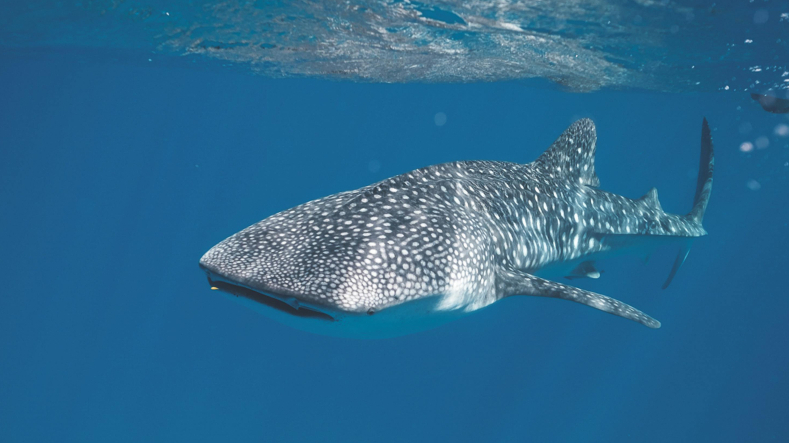
As its name implies, the whale shark is a massive creature, growing up to 60 feet in length. These slow-moving, peaceful plankton feeders filter their food through their gills instead of hunting down prey. Whale sharks face a range of threats, including targeted fishing, accidental entanglement in nets, boat strikes, tourist disturbances, and rising ocean temperatures. In coastal project areas in Myanmar, Honduras, and São Tomé and Príncipe, Fauna & Flora, along with local partners, is working with communities and policymakers to encourage behavior change and strengthen protection measures for these endangered giants and other at-risk shark species.

Pico Bonito National Park, the largest protected area in Honduras, is home to a wealth of botanical treasures yet to be fully explored. Last year, Fauna & Flora’s local partner uncovered a new species of magnolia during fieldwork focused on documenting and protecting the park's threatened tree species. The growing threats of deforestation, agricultural expansion, and illegal logging, especially in the park's less protected areas, put Magnolia ciroorum at risk. With only 13 known individuals remaining, we are actively working to protect these rare trees while urgently searching for more specimens to secure the species' future.
In 2025, these 10 endangered species represent just a fraction of the planet’s incredible biodiversity under threat. From the elusive mountain chicken frog to the majestic whale shark, each faces unique challenges—from habitat destruction and illegal trade to disease and climate change. However, dedicated conservation efforts by Fauna & Flora and local partners offer hope for their survival. By working together with communities, governments, and scientists, we can help protect these species and the ecosystems they depend on, ensuring a future for them and the natural world they inhabit.
Vince Zampella, co-creator of the Call of Duty gaming franchise, has died in a car crash involving a Ferrari crash on Monday in Los Angeles, United States.
Israeli Prime Minister Benjamin Netanyahu said Israel is monitoring recent Iranian military exercises and will raise the issue with U.S. President Donald Trump during his visit to Washington next week.
Israel’s government has approved the creation of 19 new Jewish settlements in the occupied West Bank, a move that analysts say further undermines the prospects for a viable Palestinian state.
The European Union stands at a crossroads: to receive new members and accelerate the enlargement process in order to strengthen its role in the international arena, or to risk strategic stagnation by delaying expansion in favor of internal reform.
Paramount has reaffirmed its bid to acquire Warner Bros. Discovery, offering $30 per share in cash and backing the proposal with a $40.4 billion personal equity guarantee from billionaire Larry Ellison, despite the target company’s board urging shareholders to reject the offer.
Dense smog has forced authorities in Pakistan’s Punjab province to shut several major motorways on Tuesday (16 December), stranding commuters as visibility dropped sharply and Lahore’s air quality reached hazardous levels.
At least 37 people have been killed in flash floods triggered by torrential rain in Morocco's Atlantic coastal province of Safi, Moroccan authorities said on Monday (15 December).
Climatologists say Poland has logged its warmest December in 74 years, with 2025 continuing a run of above-average temperatures and repeated national records.
As the world marks the tenth anniversary of the Paris Agreement, progress in combating global climate change is mixed.
An extratropical cyclone has caused widespread disruption across Brazil’s São Paulo state, with powerful winds toppling trees and power lines, blocking streets and leaving large parts of the region without electricity.
You can download the AnewZ application from Play Store and the App Store.

What is your opinion on this topic?
Leave the first comment